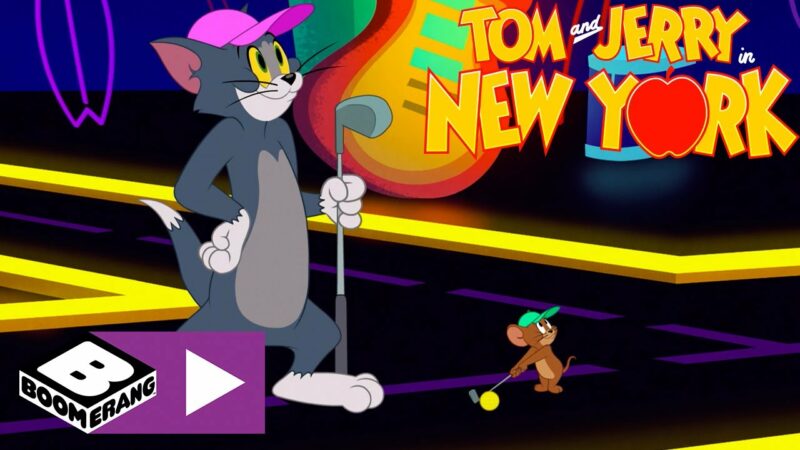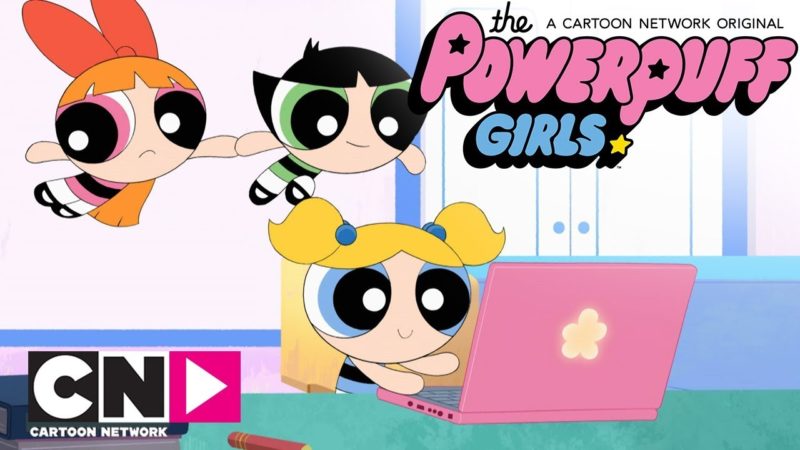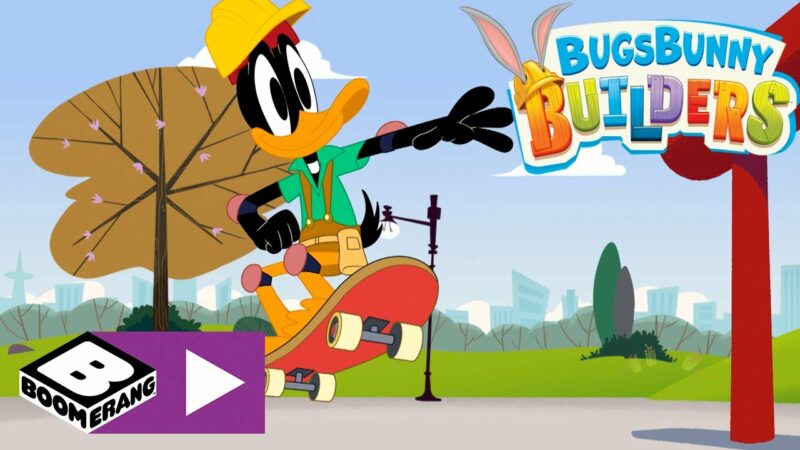Fantasia – the 1940 Disney animated film

Fantasia is much more than an animated film; it is a true visual symphony that has broken the boundaries between the classical world of music and the innovative universe of animation. Produced and released by Walt Disney Productions in 1940, this anthology film marked a turning point in animated cinema and continues to enchant generations with its harmonious fusion of images and sounds.
The Genesis of the Project
Born from the idea of revitalizing the character of Mickey Mouse through the short film “The Sorcerer's Apprentice”, the Fantasia project soon evolved into something bigger. Walt Disney, along with Ben Sharpsteen, Joe Grant, and Dick Huemer, realized that the increasing costs of the short film could not be recouped with a simple short film. Thus was born the concept of a feature film that would combine a series of animated segments with famous pieces of classical music.
Technological and Sound Innovation
One of the most revolutionary aspects of Fantasia was the use of Fantasound, a sound system developed in collaboration with RCA. Thanks to this, Fantasia became the first commercial film to be projected in stereo, laying the foundations for future surround sound. The musical direction entrusted to Leopold Stokowski and the performances of the Philadelphia Orchestra made the film a milestone in the history of cinema.
Reception and Cultural Impact
Although the film was enthusiastically received by critics, economic obstacles related to World War II and high production costs prevented Fantasia from achieving immediate box office success. However, over the years, the film has been reevaluated and today is considered one of the greatest animated films of all time. The American Film Institute placed it on its list of the 100 best American films, and in 1990 it was selected for preservation in the National Film Registry of the Library of Congress.
Legacy and Sequels
Fantasia has moved far beyond its cinematic incarnation. With a sequel, Fantasia 2000, video games, attractions at Disneyland and a series of live concerts, the work has demonstrated timeless vitality.
The Musical Program: A Visual and Sound Dance between Classical and Fantasy
Introduction and Opening
The film opens with a series of live action scenes where the members of the orchestra gather against a blue background, tuning their instruments in a play of light and shadow. The Master of Ceremonies, Deems Taylor, enters the stage, introducing the musical program that will follow.
Toccata and Fugue in D Minor by Johann Sebastian Bach
In this segment, reality dissolves into abstract images. The orchestra, lit in shades of blue and gold, fades into animated lines and shapes that dance following the rhythm and sound of Bach's masterpiece.
The Nutcracker by Pyotr Ilyich Tchaikovsky
Here, music becomes the outline of a constantly changing nature: from summer to autumn, until the arrival of winter. Fairy dancers, fish, flowers, mushrooms and leaves move to the notes of famous dances such as "The Dance of the Sugar Plum Fairy" and "The Waltz of the Flowers".
The Sorcerer's Apprentice by Paul Dukas
Based on Goethe's poem “Der Zauberlehrling,” this segment features Mickey Mouse as a young sorcerer's apprentice, Yen Sid. Imbued with magic and mischief, the segment offers an adventure in which the protagonist finds himself having to tame spells that have taken on a life of their own.
The Rite of Spring by Igor Stravinsky
An epic vision of the history of the Earth and its earliest life forms, culminating in the age of the dinosaurs. A visual story that progresses from the formation of the planet to its evolution, accompanied by Stravinsky's powerful soundtrack.
Interlude and Meeting with the Soundtrack
After a short intermission, a jazz session kicks off the second part of the film. A fun and stylized segment is then presented that demonstrates how sound is rendered on film, through an animated character representing the sound track.
Pastoral Symphony by Ludwig van Beethoven
In this segment, we are transported to a Greco-Roman mythological world, populated by colorful centaurs, hearts, fauns and other figures from classical mythology. It all culminates in a festival in honor of Bacchus, interrupted by the divine intervention of Zeus.
Dance of the Hours by Amilcare Ponchielli
This is a comic ballet in four sections, each performed by a different group of animals, from ostriches to hippos, elephants to alligators. A spectacular conclusion finds all the characters in a frenetic dance.
Night on Bald Mountain by Modest Mussorgsky and Ave Maria by Franz Schubert
In the final segment, at the sound of midnight, the devil Chernabog awakens evil spirits and restless souls from their graves for an orgy of evil and corruption. With dawn, the ringing of an Angelus bell disperses the shadows and a procession of monks chants the Hail Mary, bringing hope and redemption.
Production
In the second half of the 30s, Walt Disney found himself at a creative crossroads. Mickey Mouse, the animated character that had made Disney famous, was experiencing a decline in popularity. With his avant-garde vision, Disney began to nurture a bold idea: combining the art of animation with classical music in an ambitious project that could revolutionize both worlds.
Sorcerer's apprentice Mickey
It all began with “The Sorcerer's Apprentice,” a short film designed as a stand-alone work with Mickey Mouse in the lead role, inspired by Goethe's poem and set to music by Paul Dukas. Disney was fortunate enough to meet Leopold Stokowski, director of the Philadelphia Orchestra, with whom he shared his revolutionary vision. Stokowski not only offered to conduct the orchestra for free, but also shared innovative ideas about the color of the instruments that would be perfect for animation.
The economic problems of the film
Economic reality, however, began to weigh on the project. Production costs for “The Sorcerer's Apprentice” rose to unsustainable figures, leading Disney and his brother Roy, the studio's finance chief, to consider expanding the project into a feature film. Roy was worried, but Disney saw an opportunity: to create a visual concert of separate numbers, something new and of high quality.
The selection of songs
The selection of songs for the new film, initially titled “The Concert Feature,” became a collaborative process involving music critics, composers and Disney studio insiders. Deems Taylor, a noted music critic, was brought in to introduce each segment of the film, providing an additional layer of authority and fascinating contextualization.
Some ideas were discarded and others modified. For example, a section based on Gabriel Pierné's “Cydalise et le Chèvre-pied” was replaced by sections from Beethoven's Sixth Symphony, sparking an internal debate over how far Disney could stray from the composers' original intentions.
The title change
The film's title changed from “The Concert Feature” to “Fantasia”, a name that well represented the ambition and scope of the project. With “Fantasia,” Disney aimed to do something bigger than anything he had done before: he wanted the music to be the protagonist, and the images to serve the music, not the other way around. It was a bold attempt to bring classical music to a wider audience, an audience that, as Disney himself admitted, would normally "ignore this kind of stuff."
In this way, “Fantasia” became not only a turning point in the history of animation, but also an experiment in presenting classical music in an accessible and engaging format, creating a multimedia experience that remains unmatched today.
Fantasia: The Odyssey of Distribution – From Roadshow to Digital Formats
Fantasia is an animated masterpiece that has spanned the decades, but how did it reach theaters? Let's discover the history of Fantasia distribution, from the 1940 roadshow to digital formats.
Roadshow: The Launch of Fantasia in 1940
In 1940, Walt Disney took an unconventional route for distributing Fantasia. Released as a limited-run roadshow attraction, the film made its debut at the famous Broadway Theater in New York. With state-of-the-art Fantasound facilities, the film became a social event, and tickets were in such demand that eight telephone operators were hired just to handle the demand.
Other Roadshows and Commercial Results
After opening in New York, twelve other US cities welcomed Fantasia. Despite the initial enthusiasm, Fantasound's high production and installation costs caused Disney to exceed its borrowing limits, complicating the studio's financial situation.
World War II: An Unexpected Obstacle
The onset of World War II interrupted plans for further distribution, especially in Europe, which accounted for a significant portion of the studio's revenue. This further slowed the film's commercial success.
Reissues and Reductions: 1942-1963
During this period, RKO assumed responsibility for general distribution. The film underwent significant cuts, often against Disney's wishes. However, a 1969 re-release, marketed as a psychedelic experience, began to make the film profitable.
The Digital Revolution: 80s and Beyond
In 1982, the film's soundtrack was digitally revamped, and in 1990 Fantasia underwent a two-year restoration. VHS and DVD editions will follow, solidifying its place as a timeless classic.
Reception and Criticism of Fantasy: A Divisive Masterpiece
Fantasia, the revolutionary animated film of 1940, marked a turning point in the history of cinema and music. At its premiere at the Carthay Circle Theater, big names like Shirley Temple and Cecil B. DeMille were among the audience, a sign that this was no ordinary film. Edwin Schallert of the Los Angeles Times, who attended the premiere, called the film "courageous beyond belief", highlighting the thunderous applause that filled the room. But not everyone agreed with this praise.
Applause and Criticism
Isabel Morse Jones, music critic, praised the soundtrack, calling it "a dream of a symphony concert". Peyton Boswell of Art Digest called it “an aesthetic experience never to be forgotten.” However, from the classical music community, there came dissenting voices. Igor Stravinsky, the only living composer whose music was included in Fantasia, heavily criticized the arrangement and performance of his work. Other music critics, such as Olin Downes of The New York Times, while appreciating the sound quality, found that the film destroyed or damaged the original scores.
Modern hospitality
Decades after its release, Fantasia continues to receive positive reviews. On Rotten Tomatoes, it has a rating of 95% based on 56 reviews, with an average score of 8.6 out of 10. Roger Ebert called it a film that "pushes the limits of what is possible," while Empire magazine gave it only two stars out of five, underlining its discontinuous nature.
Awards and Honors
In 1940, Fantasia placed fifth in the Top Ten Films category of the National Board of Review Awards and won a special award at the New York Film Critics Circle Awards. It was also selected for preservation in the United States National Film Registry in 1990, a sign of its cultural and historical importance.
Disputes and Legal Issues
Despite the acclaim, the film had its share of controversies. Mark S. Tutelman, a Philadelphia advertising agent, filed a copyright infringement lawsuit in 1939, claiming that the original idea for the film came from him; the lawsuit was later dismissed. The Philadelphia Orchestra Association also filed a lawsuit against Disney in 1992, over rights to sales of the film; the case was settled out of court in 1994.
In conclusion, Fantasia remains a milestone in the world of cinema and music, despite controversies and conflicting opinions. It is a film that has divided opinion but has unquestionably left an indelible mark on the history of visual and audio art.
Data Sheet
Directed by
- Samuel Armstrong
- James Algar
- Bill Roberts
- Paul Satterfield
- Ben Sharpsteen
- David D. Hand
- Hamilton Luske
- Jim Handley
- Ford Beebe
- T. Hee
- Norman Ferguson
- Wilfred Jackson
Film script
- Joe Grant
- Dick Huemer
Produced by
- Walt Disney
- Ben Sharpsteen
Interpreted by
- Leopold Stokowski
- deems taylor
Narrated by
- deems taylor
Photography director
- James Wong Howe
Soundtrack
- See program
Production House
- Walt Disney Productions
Distributed by
- RKO Radio Pictures
Exit date
- November 13, 1940
Duration
- 126 minutes
Country of Production
- United States of America
Original language
- English
Budget
- $ 2,28 million
Box office receipts
- Between $76,4 and $83,3 million (United States and Canada)






